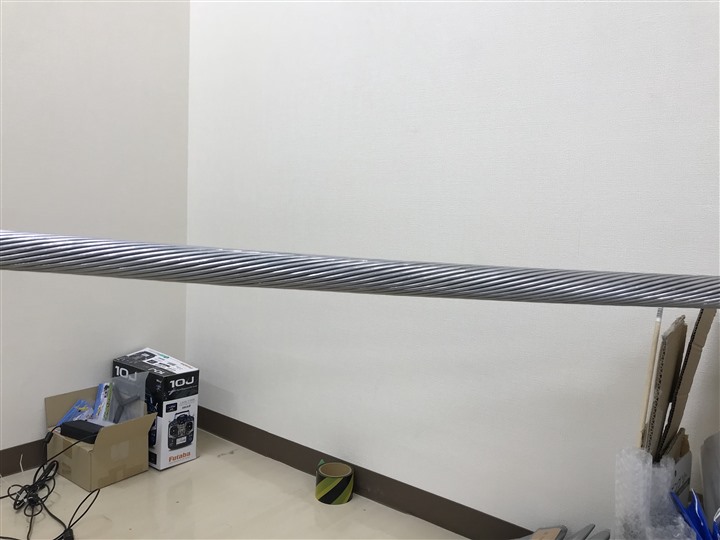Hello,
We are currently using the AWR1443BOOST to detect the electric lines in our project. The problem is that there are too few points detected by the radar so we can't get a viable point cloud visualization. We tried the mmwave visualization ROS driver as well, and we can see the object moving but the shape is barely understandable.
Is there any way that we can increase the number of points or create a good point cloud visualization? If someone knows please give us some guidance and direction.
Thank you very much.



